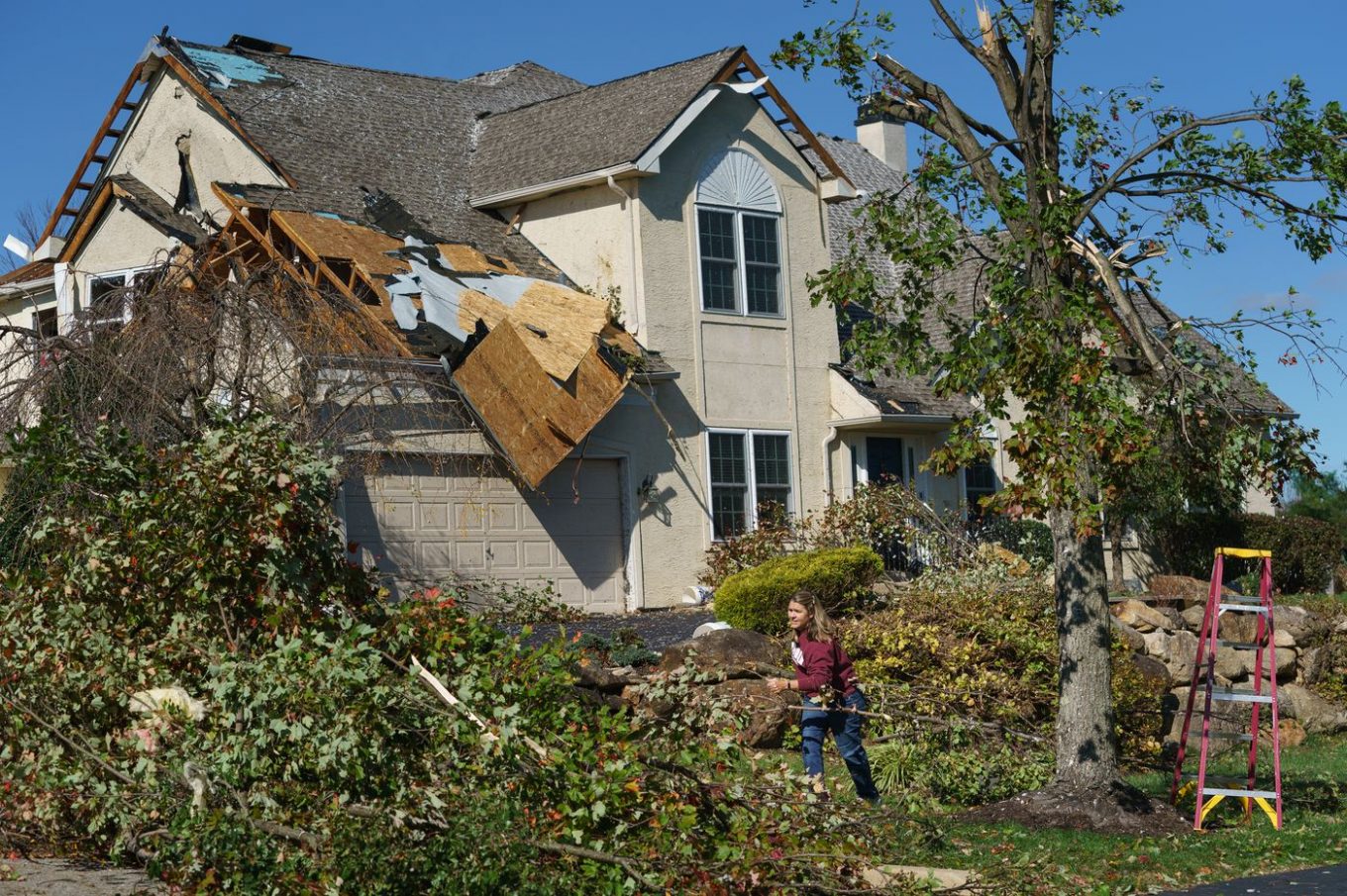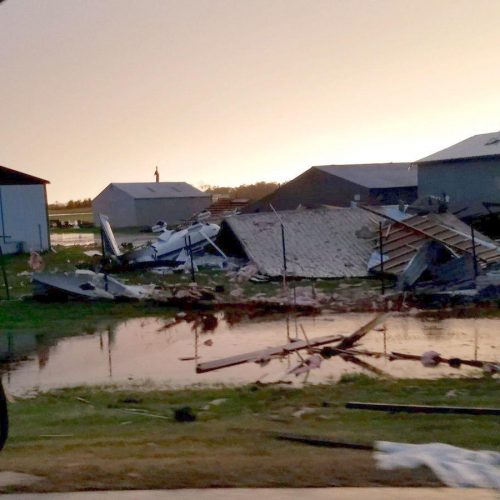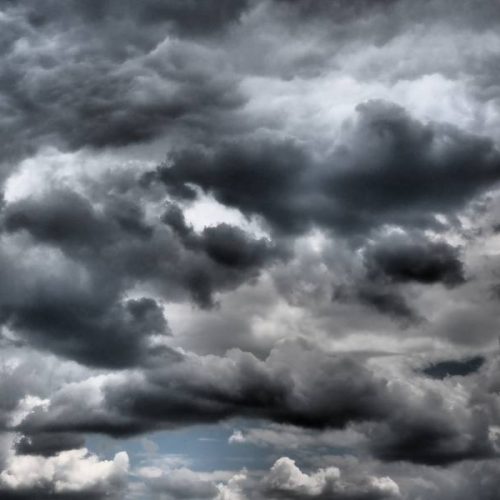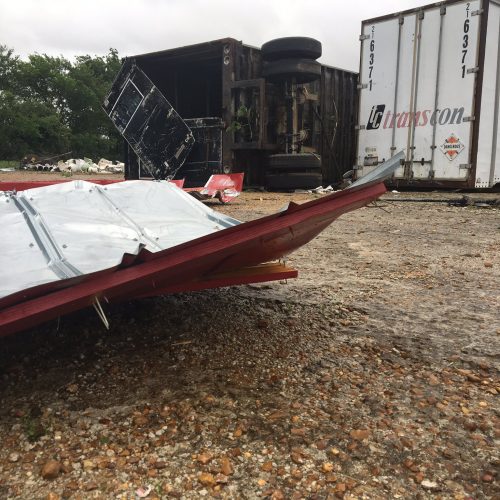With the confirmation of another tornado spawned by the Halloween squall line — this one in New Jersey, an EF-1 with top winds of 100 mph — the 2019 tornado total in the Garden State rose to nine. The long-term average is less than two.
The destructive EF-2 twister that ripped up a half-mile stretch of Glen Mills, Delaware County, about 11:25 p.m. Thursday, with peak winds estimated at 120 mph, was the 34th of the year in Pennsylvania, according to statistics kept by the Storm Prediction Center in Norman, Okla. The average is 16.
The National Weather Service confirmed Sunday that about an hour after the Glen Mills tornado, the EF-1 hit a section of Harding Township, Morris County.
In addition to the 43 tornadoes in Pennsylvania and New Jersey, an EF-2 caused extensive damage in Sussex County, Del., in April, spinning along a six-plus mile path.
Why significantly more tornadoes land in Pennsylvania compared with New Jersey, likely has to do with the fact that the Keystone State covers about five times as many square miles as its neighbor to the east.
But another factor might be that the western part of Pennsylvania borders on the more-tornado prone Midwest, said Alex Staarmann, a meteorologist at the National Weather Service office in Mount Holly.
The disparity also might be related to the stabilizing effect on cooler air of the ocean, said Paul Walker, senior meteorologist at AccuWeather Inc. But the differences in tornado numbers between the two states, he said, “sounds extreme to me.”
Both the New Jersey and Pennsylvania numbers are the highest for any year in the 21st century.
What all this has to do with global warming isn’t yet clear, says the government’s Storm Prediction Center, which is responsible for tornado watches and warnings.
“We’ve seen years like this before,” Bill Bunting, chief of forecast operations at the storm center, said Monday. He cited 2011, a horrific tornado year nationally; 2008; and 2003.
The points of attack have varied, he said, but “in general the atmosphere just seemed to be in a prolific mood to produce thunderstorms and tornadoes.”
Global warming would tend to stoke some of the ingredients for strong storms, including moisture and instability. Conversely, he said, it could suppress wind shear — that is, winds at two different levels blowing at different speeds or directions — which can cause storms to rotate.
Tornado climatology is tricky, because technological advances and social media have had significant impacts on reporting. “More events get documented,” Bunting said. “Everyone has a smartphone.”
But that total for 2019 won’t come close to a record; in 1985, 105 were confirmed in Pennsylvania.
In New Jersey, this year is tied with 1987 for the second-most tornadoes, said David Robinson, the Rutgers University professor who is the state climatologist. No. 1 on the list is 1989 with 17, seven of which occurred on Nov. 16.
by Anthony R. Wood (2019, Nov 4) The Philadelphia Inquirer






